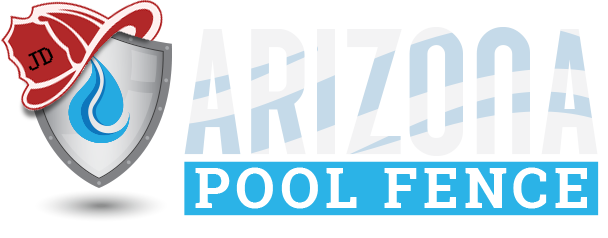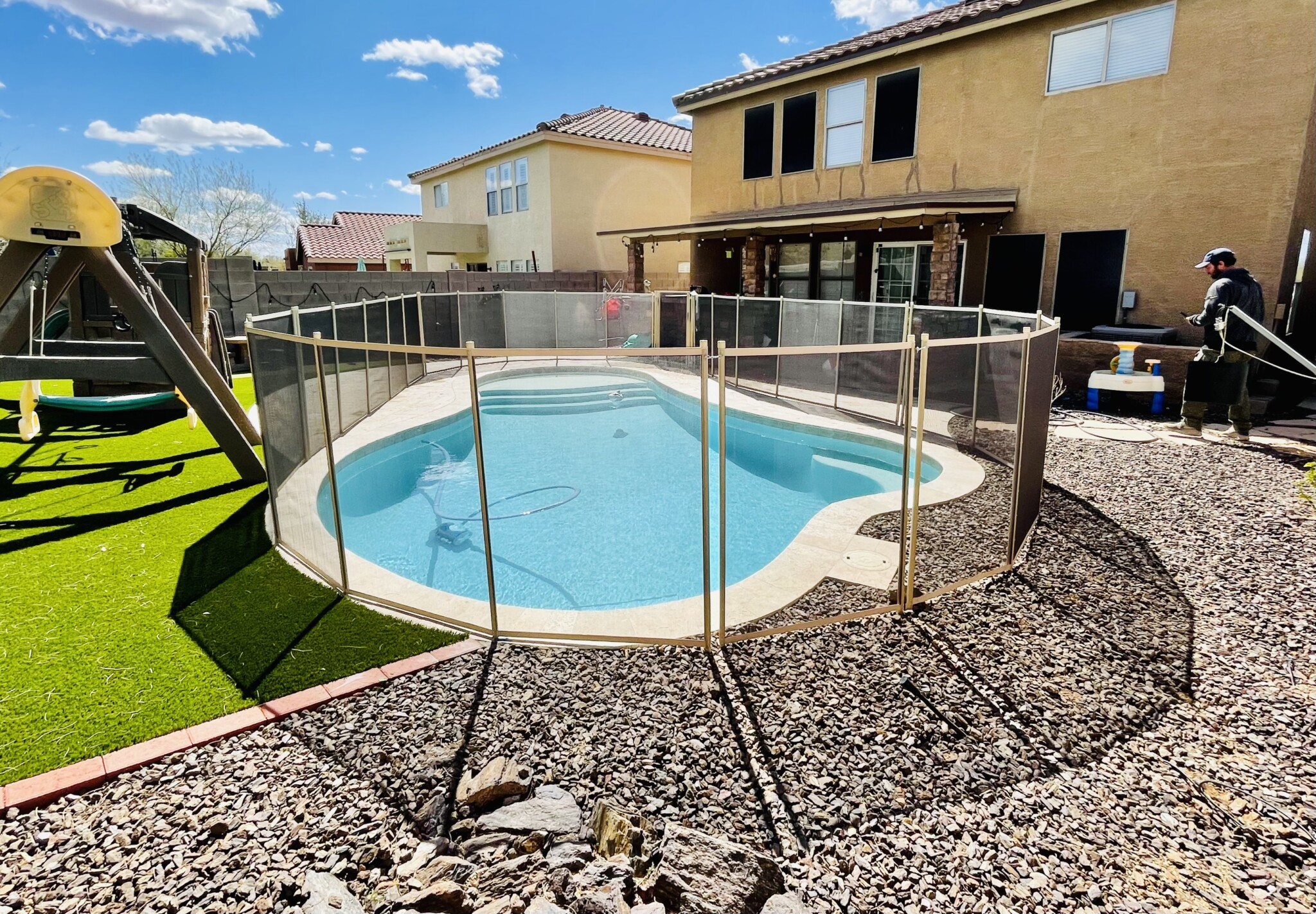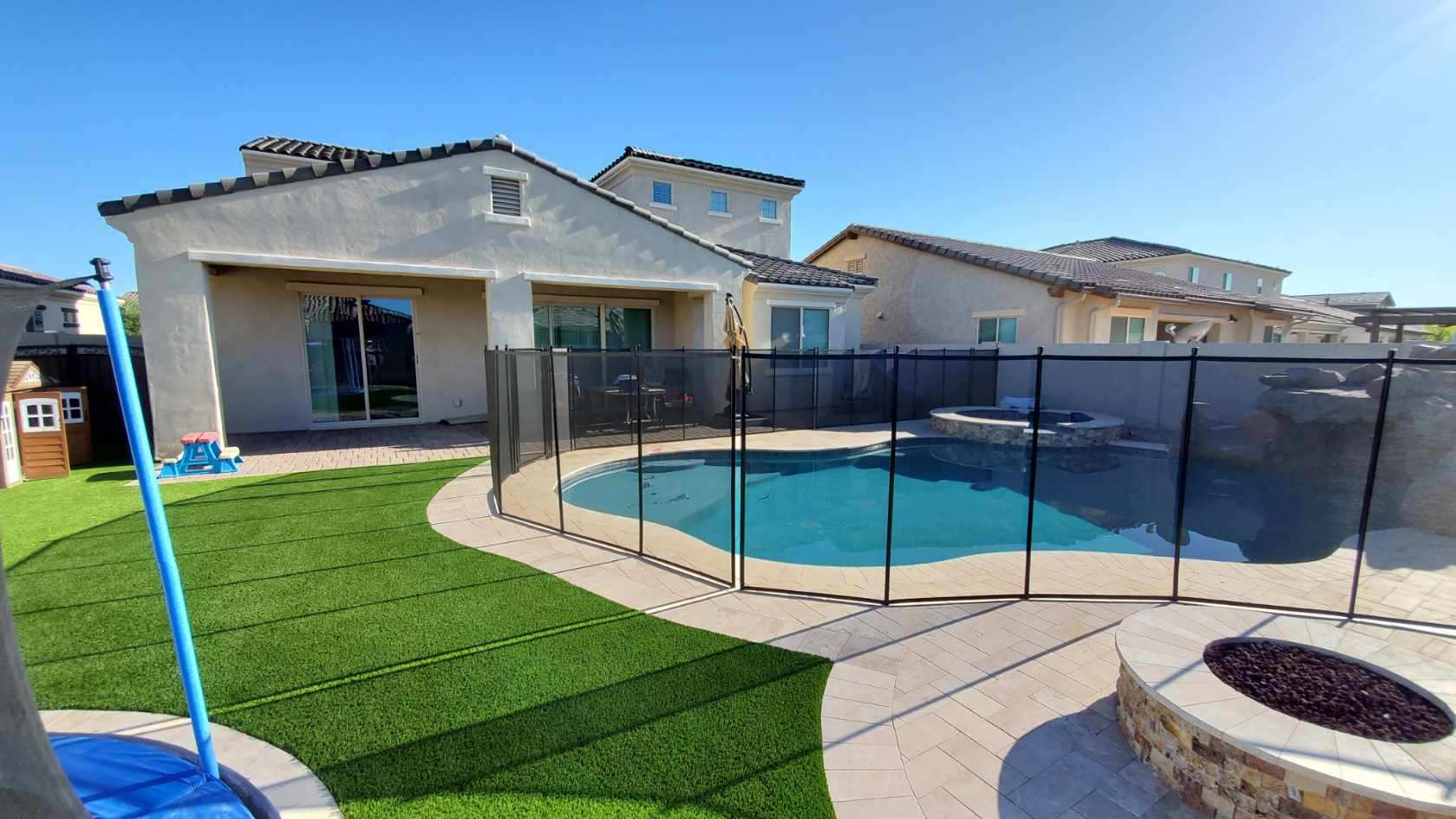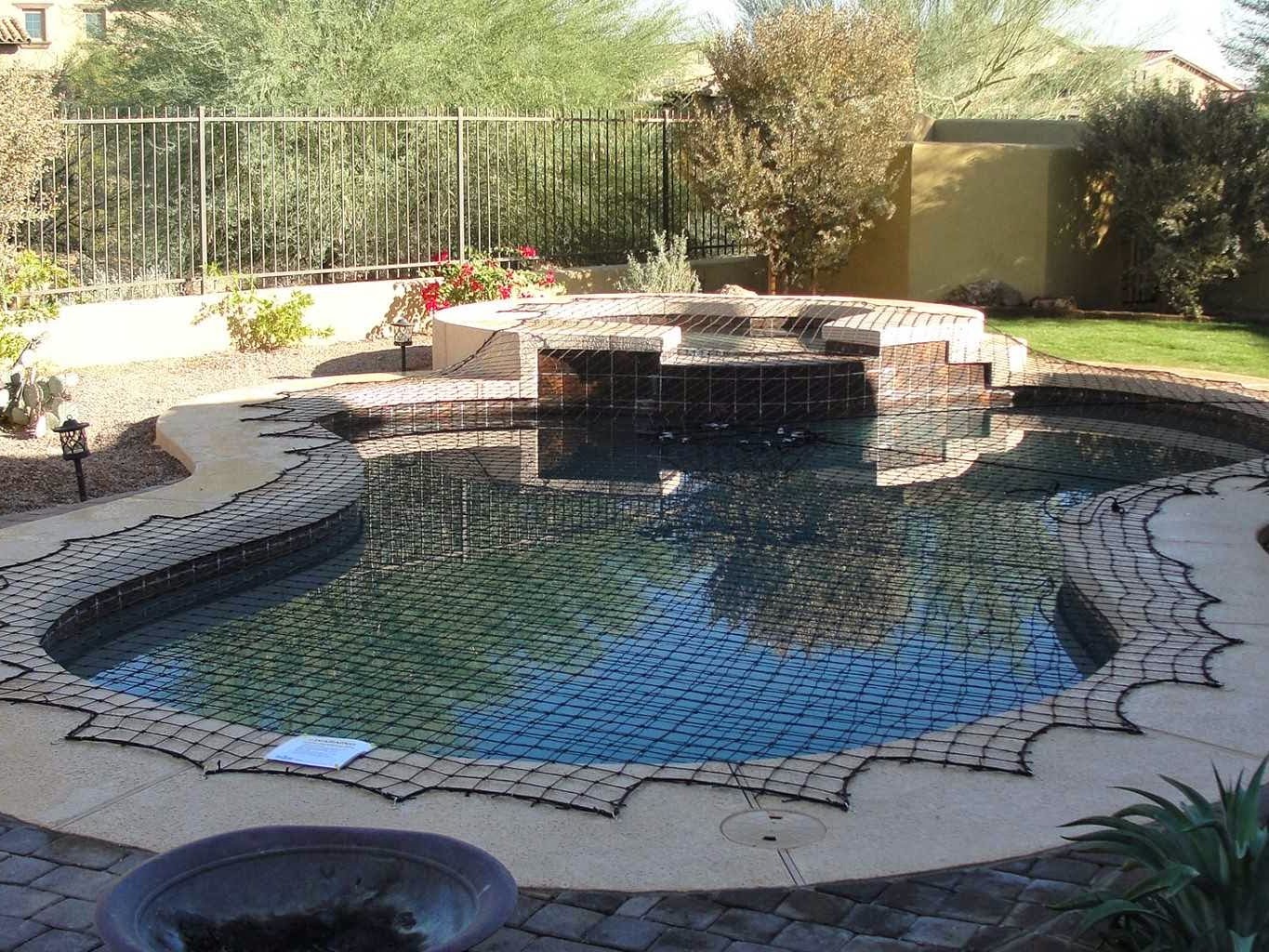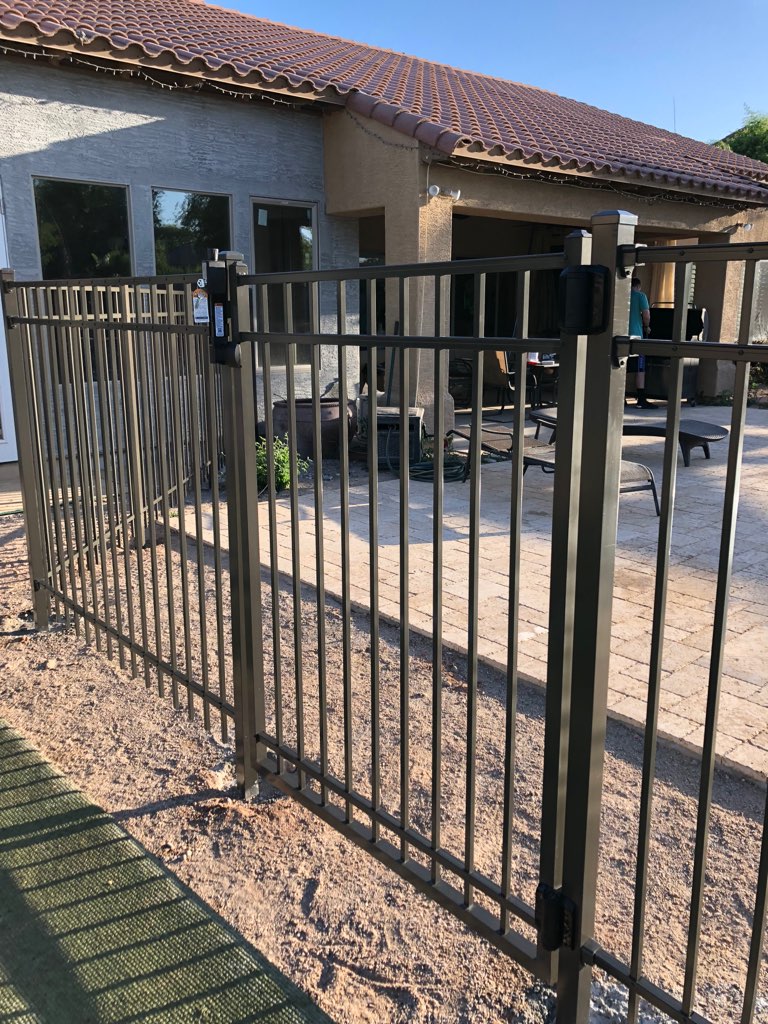We install the highest quality pool fences, pool covers, and safety gates.
Arizona Pool Fence
1513 W Hatcher Rd, Phoenix, AZ 85021
Swimming pools offer a great source of relaxation, exercise, and fun in the sun with friends and family—particularly on hot Arizona days. However, they also pose a significant risk to children and pets who may wander into the pool area unsupervised. Therefore, fully enclosing the pool area with proper fences and gates is a crucial step in ensuring pool safety. In recognition of the importance of pool barriers, many states have enacted laws that mandate the installation of pool fences and gates (and impose specific stipulations, such as fence height) in an effort to prevent accidental drownings.
If you own a pool in Arizona, you may be wondering whether the state requires pool fencing. The answer is yes, if children under the age of six live in the home. In this case, § 36-1681 of the Arizona Revised Statutes applies, outlining specific requirements for pool fences and gates. While it’s also important to remember that counties and cities within Arizona may impose more stringent requirements on pool fencing, here is an overview of what you need to know about § 36-1681:
The section states that its requirements apply to swimming pools, as well as other bodies of water where the water is 18 inches or more in depth at any point, wider than eight feet at any point, and intended for swimming. This encompasses in-ground pools, above-ground pools, portable pools, and most hot tubs or spas. However, an exception applies for hot tubs/spas that have a safety cover that complies with the American Society for Testing and Materials (ASTM) standards.
A.R.S. § 36-1681 imposes certain requirements on pool fencing.
Swimming pools and other bodies of water as defined above must be completely enclosed by a wall, fence, or other barrier that:
- Is at least five feet high, as measured on the exterior side of the barrier
- Has no openings through which a spherical object four inches or more in diameter could pass
- Is constructed in a way that it cannot be easily climbed. For example, any horizontal components on the outside of the fence must be spaced 45 inches or more apart when measured vertically in order to prevent them from being used as handholds and footholds to climb the fence.
- Is located at least 20 inches from the water’s edge
Arizona law also has requirements for pool gates.
Pool gates covered by § 36-1681 must meet the following stipulations:
- They must be self-closing and self-latching, with the latch located at least 54 inches above the ground on the outside of the gate. If the latch is located on the pool side of the gate, the release mechanism must be located at least five inches below the top of the gate. On the other hand, if the gate can only be opened using a key, electric opener, or numerical combination, the latch may be located at any height.
- Gates must open outward from the pool.
The requirements are slightly different if the home constitutes part of the pool enclosure.
In this situation, the fencing requirements described above may be substituted with one of the following:
- A wall, fence, or other barrier that is at least four feet high
- A motorized safety pool cover that can only be operated using a key switch that meets ASTM standards
- A self-latching device on any doors with direct access to the pool area, and latching devices on windows located at least 54 inches above the floor
Unless one of the exceptions listed in § 36-1681 applies (for instance, all occupants of the home are over the age of six, or the pool was constructed prior to the effective date of the law), these are not mere recommendations—they are legally enforceable. The ADHS has the authority to issue fines and penalties of up to $1,000 per violation to pool owners who fail to comply with the regulations. Additionally, non-compliant pool owners may be required to take corrective action, which can be costly and time-consuming.
Pool safety goes beyond proper fences and gates
While securing the pool area with sturdy and reliable pool fences and gates is one of the most effective ways to reduce the risk of drowning, there are other crucial safety steps to keep in mind. For example:
- Whenever children are near the water, they must be constantly supervised by a responsible, attentive adult.
- Parents and other caregivers of young children should consider attending water rescue and CPR classes.
- Lifesaving equipment, such as shepherd’s hooks, should be kept in the pool area and should be easily accessible. It’s important to remember that rafts, toys, and “floaties” or “swimmies” are not suitable as lifesaving equipment.
- If a child is ever missing, check the pool area first. When it comes to drowning, every second counts; although it is terrifying to think about, mere seconds can make a difference in preventing death or serious brain damage.
At Arizona Pool Fence, our mission is to help homeowners prevent drowning and keep kids safe around the water. As your one-stop-shop for pool safety, we offer an extensive selection of pool fences, gates, pool coverings and other products designed to restrict access to the pool, while keeping your property beautiful. We are knowledgeable about state law governing pool safety, as well as local ordinances around the greater Phoenix area. Contact us today to request an estimate!
